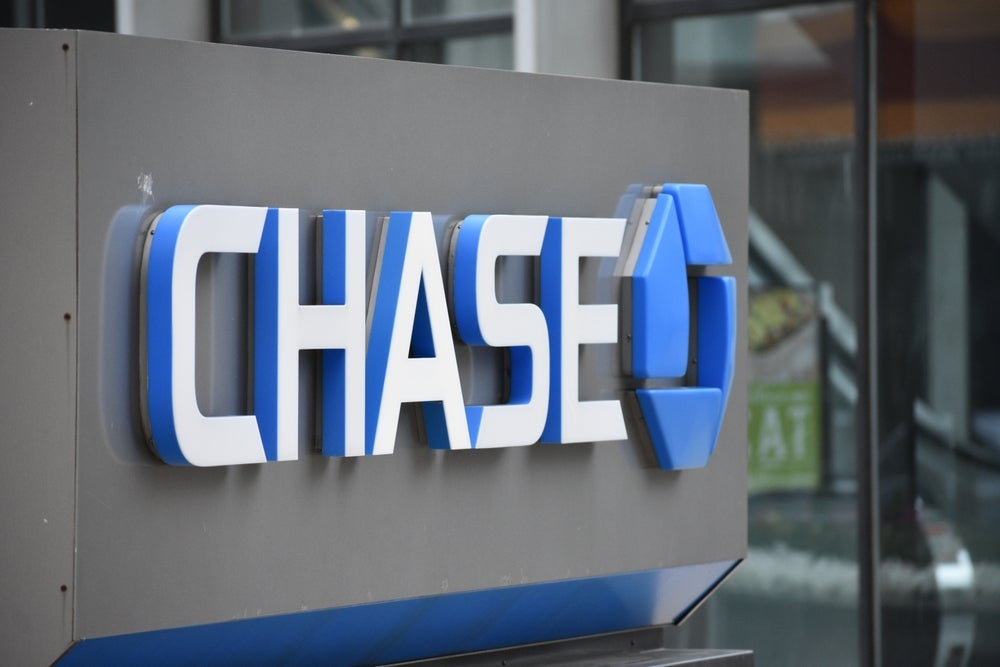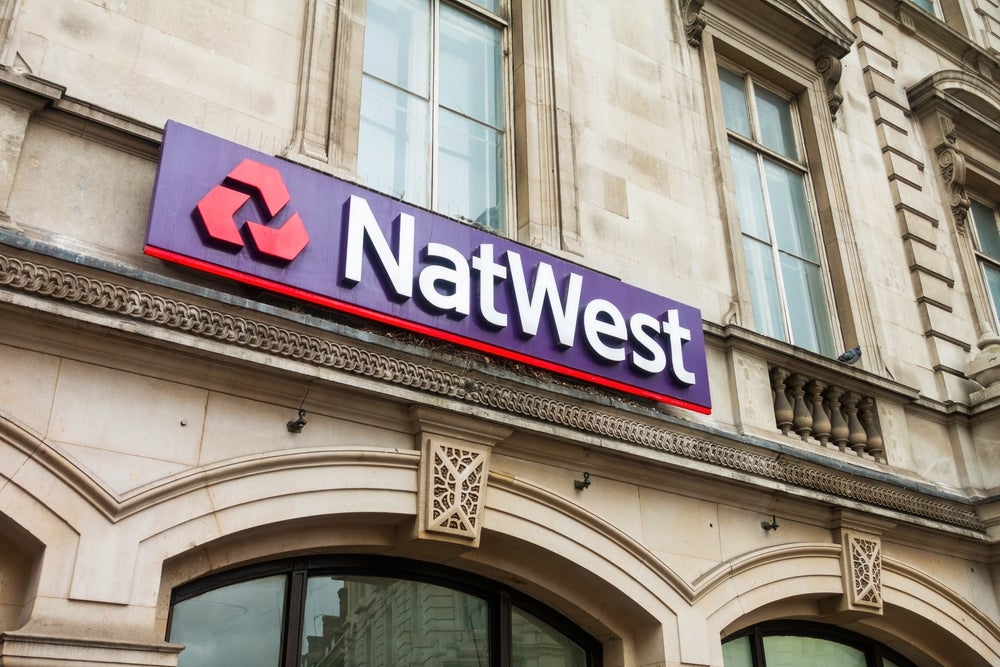Slowly but surely, banks are spending more money on
social media programmes and initiatives, though the sums – and
risks – involved are still very small. The likes of YouTube,
Twitter and Facebook offer new and exciting marketing opportunities
if handled correctly. Dan
Jones looks at some of the latest developments
A clear sign, if it were needed, of the growing importance of
social networking websites to the financial services industry can
be found in a new study from research group Nielsen released on 9
October.
The study concluded that the US banking
industry’s advertising spend on social media rose by 98 percent
comparing August 2008 and August 2009, a period which saw the
banking industry in the full throes of the most severe financial
crisis in living memory.
While that increase represented total spending
rising from $3.2 million to $6.4 million each month – still a
relatively small total (see table, opposite) – the successful
leveraging of social networks is far from a case of which
institution is prepared to throw the most money at the problem.
This was a fact Christophe Langlois, founder of the consultancy
Visible-Banking.com, was keen to emphasis at a social media
workshop held in London on 7 October.
Several US credit unions, for example, have
seized upon social media as an efficient way of differentiating
themselves from their banking peers, noted Langlois. Such examples
have also demonstrated that implementing an effective social media
strategy need not require large budgets, with a number of the most
innovative uses of social media emerging from institutions with a
limited reach.
How well do you really know your competitors?
Access the most comprehensive Company Profiles on the market, powered by GlobalData. Save hours of research. Gain competitive edge.

Thank you!
Your download email will arrive shortly
Not ready to buy yet? Download a free sample
We are confident about the unique quality of our Company Profiles. However, we want you to make the most beneficial decision for your business, so we offer a free sample that you can download by submitting the below form
By GlobalData
The $650 million asset, Missouri-based Vantage
Credit Union, for instance, became the first financial institution
to leverage Twitter as part of its m-banking service at the end of
September. Customers can use the tweetMyMoney service to send
personal messages to Vantage via Twitter requesting information on
recent deposits, withdrawals, transactions and balances, as well as
transferring money between their own accounts. Vantage will then
provide the information via a private Twitter message to the
customer.
Responding to suggestions that the service was
a security risk, Vantage said it had “taken extraordinary steps to
ensure tweetMyMoney is safe”.
Vantage added: “We have run its design and
security controls by an industry-leading firm that has an
exceptional track record in this line of work… if we suspect or
find any real security threats, we will cancel the service
immediately.”
Concerns over security and compliance remain a
key obstacle for social media initiatives, with the result often
being that financial institutions will seek to direct customers to
their own standalone sites – often at a higher financial cost –
rather than focusing their attentions on existing social networks
such as Facebook or YouTube.
Increasing the number of
fans
JPMorgan Chase, for instance, has
used its Facebook ‘fan’ page – which currently has 50,000 members –
as a portal to its standalone Chase +1 student credit card
programme.
Though the bank’s Facebook page
itself is somewhat underutilised as a result, such strategies can
work both ways.
Chase managed to considerably increase the
number of ‘fans’ it has on Facebook by ensuring that students
looking to access card benefits had to do so through the social
networking site.
But successfully transferring potential
customers from social networks to external websites can be
problematic. The built-in user base of existing social networks
such as Facebook and YouTube is undeniably attractive despite
uncertainty over regulations sometimes inhibiting the scope of
banks’ ambitions.

Many combine the two: Rabo Sport, a
video-based site run by Dutch co-operative Rabobank, is accompanied
by a Rabobank YouTube channel.
According to Langlois, the four key metrics
for banks to keep in mind when engaging in social media are:
visibility; the use of contests or prizes; exclusive content; and
to provide the user with an innovative experience or sense of
fun.
Langlois is also an advocate of early
adoption, stressing that building up market share or garnering
interest from customers can take time when using social media. As
an example he cites Wells Fargo, which first moved into the space
in 2005 as part of an effort to revamp its customer service
proposition.
Since then the bank has worked hard to build
up its social media presence, principally through the creation of a
number of blogs hosted on the Wells Fargo website. Wells also
launched a customer service function on Twitter earlier this year,
emulating peers such as Bank of America and recent acquisition
Wachovia (see RBI 609).
Wells Fargo is also a case study in the need
to think differently about return on investment (ROI) when it comes
to social media. According to Langlois, Wells Fargo’s blogs rank as
only the 25th most visited part of the bank’s website, but
nonetheless most blogs attract numerous comments – illustrating, he
said, that success in social media does not necessarily depend on
web traffic.
Improve morale
Nonetheless, financial institutions
should typically not expect high levels of comment on their blogs,
initially at least. But the strategy can have other advantages,
internally as well as externally.

Using employees as the public face
of company blogs can improve morale as well as communication, while
senior executives who blog, such as ING Direct Canada CEO Peter
Acedo, can have a similar effect on employee advocacy.
Wells Fargo also positions its employees in
prominent positions across its Twitter feed, which also
sporadically messages users about other Wells Fargo social media
initiatives. Others, such as UBank, the direct banking subsidiary
of National Australia Bank (NAB), have taken cross-promotional
activities still further, using its Twitter page to advertise its
website, 24-hour helpline, email contact details, Skype address,
YouTube channel and Facebook page.
Leveraging social media has played a major
role in its success, with UBank’s cross-marketing initiatives
including a series of ‘webisodes’ – short films created
specifically for the internet – that sought to explain the credit
crisis in humorous, easily understandable terms.
It has also used promotional giveaways as a
way of driving up its captive audience. It offered USB sticks to
the first 1,000 followers, providing they continued following the
feed until July 2009.
While the strategy mirrors that employed by
Chase on its Facebook page, UBank does not see its Twitter channel
as a direct means of driving product sales. Instead it uses the
page to engage with customers, provide financial insights and
support local and national community causes, believing that blanket
product placement would risk alienating potential
customers.
|
Social media |
||||
|
Top 10 US industries for social |
||||
|
Estimated spend on top social network |
Year-on-year % change |
|||
|
August 08 |
August 09 |
On social networks |
On all sites |
|
|
Web media |
11.23 |
26.9 |
139 |
30 |
|
Telecommunications |
12.5 |
23.6 |
89 |
-1 |
|
Public services |
6.84 |
13.2 |
93 |
13 |
|
Entertainment |
1.097 |
10.1 |
812 |
40 |
|
Financial services |
3.23 |
6.42 |
98 |
-10 |
|
Automotive |
1.11 |
3.09 |
178 |
-26 |
|
Health |
1.12 |
2.75 |
143 |
8 |
|
Travel |
0.47 |
2.2 |
364 |
-11 |
|
Business-to-business |
0.68 |
1.94 |
184 |
-8 |
|
Software |
0.53 |
1.21 |
128 |
-29 |
|
Source: Nielsen AdRelevance |
||||
Risk of brand damage
Other banks have taken a different
tack. With customer metrics so easily visible on social networks,
businesses which launch initiatives which fail to capture
consumers’ attention risk remaining online as very public examples
of failed campaigns.
In an attempt to mitigate this danger, some
institutions have opted to initially maintain a low profile with
their social media initiatives before officially launching them
once a critical mass has been achieved.
A major French bank is thought to be soft
launching a new social media initiative in this way, avoiding all
use of its own name or branding in favour of attempting to build up
an online community of users through the strength of the programme
itself.
Such a strategy seems sensible. If there is
one lesson to be learned from the financial services sector’s
initial forays into social media, it is that the industry can be
taken in too quickly by the desire to promote form over
content.
Statistics from Visible Banking show that even
the 10 most-followed bank Twitter feeds update their service no
more than five times a day on average. ROI is also easily
achievable via such mediums, given that outlining processes and
procedures to customers online will reduce traffic flows to banking
call centres.
Yet despite such obvious advantages, social
media initiatives should be viewed as a complement to existing
propositions rather than a full-scale replacement, for the time
being at least. Sites such as Twitter, Facebook and YouTube can
serve to more fully illustrate and explain policies, products and
services.
At a time when transparency and engagement are
more important than ever, those who establish a successful social
networking strategy could find themselves leading the way in
customer acquisition for years to come.






